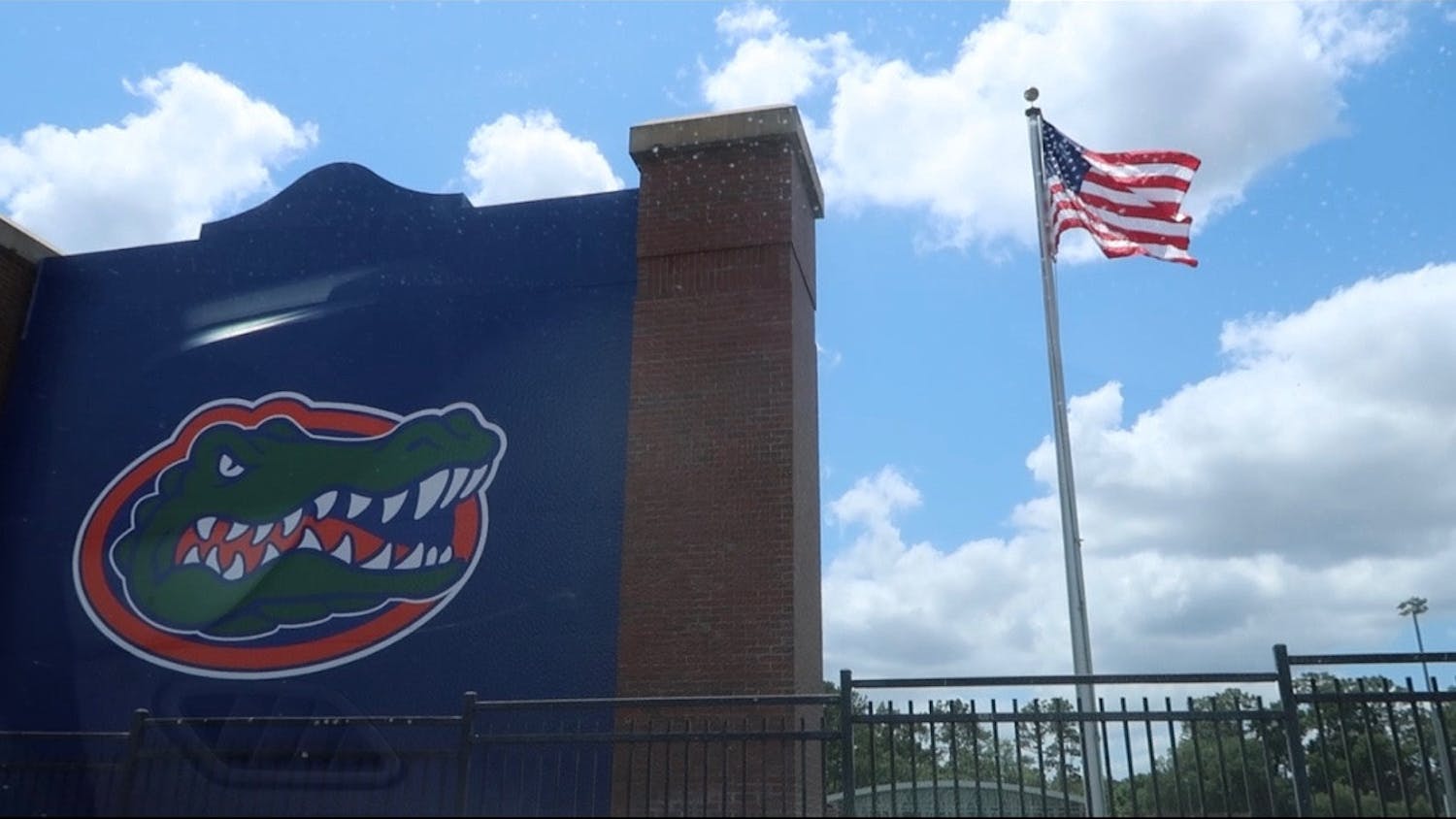From The Swamp to the Everglades, new UF research could help scientists who are exploring Florida's expansive wetlands.
In a recent study, UF researchers and scientists from Florida Atlantic University, the University of Connecticut and the South Florida Natural Resources Center said that readings from the Everglades Depth Estimation Network, known as EDEN, are accurate, a UF press release announced Sunday.
Researchers can use this information to study the Everglades ecosystem, said Pam Telis, hydrologist for the U.S. Geological Survey and project chief for EDEN.
UF scientists and other researchers from Florida have used the information to investigate populations of wading birds, invasive plants, fish and amphibians, the press release said.
EDEN was launched in 2005 and measures water depth in real-time all across the greater Everglades, Telis said.
The project consists of about 250 gauges that regularly measure water level and feed information to a database via satellite and radio transmissions.
This, paired with gauges that measure the location of the bottom surfaces, provides researchers with data for the 11 million acres of the greater Everglades, Telis said.
The study measured water depth in 24 different locations throughout the Everglades and compared the results to EDEN's measurements. Most estimates were within 2 inches, according to the release.
Researchers involved with EDEN hope the data will encourage more scientists to use EDEN to aid in Everglades restoration or for research on vegetation and wildlife in the area, Telis said.
"We saw the need for a comprehensive hydrologic data set for the Greater Everglades," Telis said. "We decided that we needed to pull together a team with technical expertise."
Telis said the need for EDEN came about because so many scientists doing research in the Everglades would find it necessary to do their own water depth analysis, a field in which most aren't trained.
"You've got the bird guy doing his thing and the alligator guy doing his thing, so we just felt the need that we should provide a standardized database for all of them to use," Telis said.
Christa Zweig, a post-doctoral associate with the department of wildlife ecology and conservation, is excited for the possibilities a service like EDEN could hold.
"When you're doing research and you want to relate water depth to an animal's condition, you don't have all the pieces of the puzzle," Zweig said."It's extremely frustrating."
With the arrival of EDEN and the confirmation of its accuracy, researchers like Zweig can now do their job much easier.
"Before EDEN it was incredibly frustrating, but now we have one of the most useful tools you can have for research in the Everglades," Zweig said.




